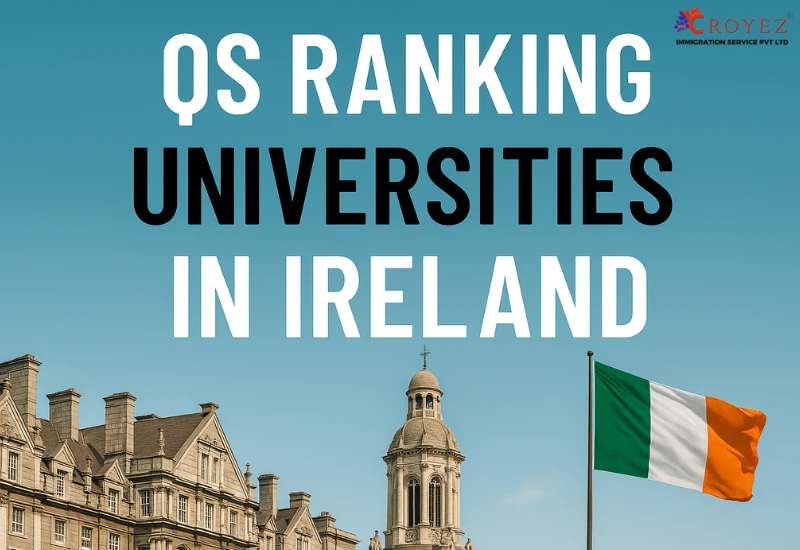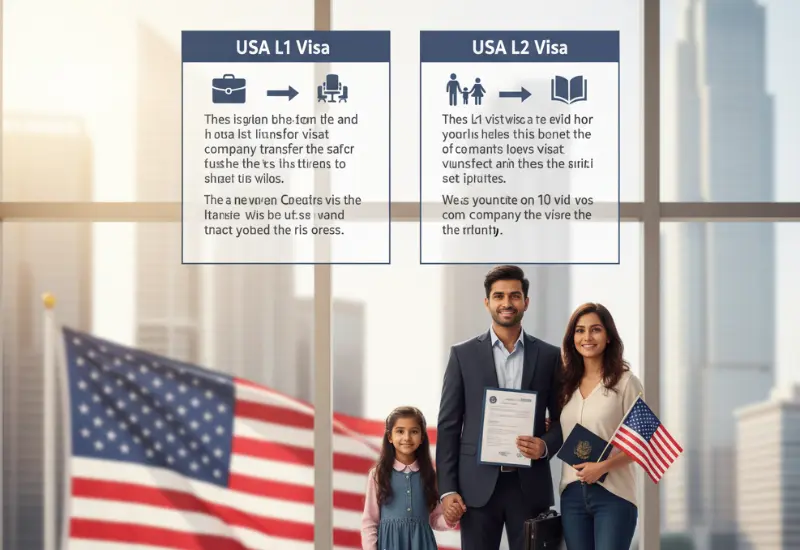The Government of Canada aims to announce significant updates to its immigration policies during its Immigration Levels Plan announcement for 2022-2024. It will inform the immigration targets that Canada has set for 2022 and the two years that will follow. Also, it will contain instructions on the volume of immigrants Canada seeks to welcome through a range of economic, humanitarian, and family class programs. Since the government’s surprising declaration in October 2020 that it would welcome more than 400,000 new immigrants every year subsequently, this is going to be the first announcement of its kind. It was 40,000 immigrants more each year than the previous targets it set. So, it is good news for all candidates who can amplify their chances of success by partnering with Canadian immigration consultants in India. Under the IRPA (Immigration and Refugee Protection Act), Canada’s primary immigration law, the government announced by November 1st as it does every year while the Parliament sits. If the Parliament isn’t sitting, the government must disclose in under 30 days of Parliament reconvening. Under the present Immigration Levels Plan of 2021-2023, the IRCC (Immigration, Refugees and Citizenship Canada) aims at welcoming a new batch of 411,000 permanent residents (PRs) to Canada in 2022. The goal that IRCC laid for itself in 2021 was achieved with 401,000 immigrants welcomed into Canada. The largest number of immigrants invited in a year in Canada’s history. Despite the challenging environment created by the coronavirus pandemic, IRCC managed to meet its goal, focusing on expediting the transition of temporary residents presently in Canada into PR or permanent residents. The global pandemic has made Canada regularly switch the restrictions imposed on travellers. This has resulted in an increased application backlog and a shifting priority towards applicants staying in Canada. However, despite the pandemic, the government remains focused on its immigration policy goals which are three-pronged. The aim is to:
- Strengthen the economy
- Reunite families
- Assist people, both citizens, and immigrants, with humanitarian aid
Immigration Levels and Fundamental Developments:
The targets that immigration levels set have grown through the pandemic even as application processing continues. Regardless, the coronavirus with its new strains is likely to be the primary factor that influences the immigration process in Canada. Even so, there are several developments in the Canadian immigration process that you should watch for in 2022.
Canada Immigration Levels Plan 2022-2024 and 2023-2025:
Canada is set to get two distinct Canada immigration level plans in 2022. These plans will outline the targets set by the government for new PR arrivals and the various programs under which the immigrants shall arrive. In the new levels plan, Canada aims to welcome 411,000 and 421,000 new immigrants in 2022 and 2023, respectively. These figures are subject to minor revisions once the government reveals its new plans. The first announcement will most likely come around February 14th. Minister Fraser will table the Canada Immigration Levels Plan for Canada for 2022-2024. This announcement was initially supposed to take plan in autumn as usual but saw a delay owing to the Canadian elections in September 2021. The next statement is set to be on schedule, with the expected date of November 1st.
ALSO READ: 9 TIPS FOR NEWCOMERS TO GET JOBS IN CANADA
Express Entry:
2021 was arguably the highlight year for the Express Entry channel ever since its launch in 2015. This year, the number of significant developments in Express Entry is poised to be even higher. In 2021, Express Entry invited only CEC (Canadian Experience Class) and PNP (Provincial Nominee Program) candidates through its draws. This is remarkable because the FSWP (Federal Skilled Worker Program) candidates used to be the primary source of immigrants through Express Entry before the pandemic. Last year, they were excluded from getting invitations for Express Entry entirely. Presently, FSWP makes up about 85% of the Express Entry candidate pool. The rationale that IRCC offered was that by inviting more candidates from CEC, it would become easier to achieve the goal of 411,000 immigrants in 2022. Many CEC candidates today are already based in Canada and thus have a lower chance of facing any disruptions due to Covid during their PR landing process. FSWP candidates are primarily based abroad, meaning it is uncertain whether they will land in 2021 in Canada. This would hinder the IRCC from reaching its target number of immigrants in the year.
Additional Developments and Expectations:
- Backlog: The global pandemic has resulted in the growth of IRCC’s inventory to 1,800,000 applications for immigration. Prime Minister Trudeau has asked Fraser to make processing more efficient to cover this backlog on time.
- TEER System replacing NOC Skill Levels: By autumn 2022, ESDC (Employment and Social Development Canada) and IRCC will be using the new TEER Express Entry(Training, Education, Experience and Responsibilities) system to classify jobs. Immigration applicants, in the future, will have to focus closely on this change as it affects immigrants’ and foreign workers’ eligibility for specific areas. ESDC and IRCC will guide all the stakeholders regarding the changes coming into effect well in advance.
- Citizenship Applications: While applying for PR, the applicant’s mandate letter reinforces the government’s efforts toward ensuring application-free Canadian citizenship. This promise was forced to change once the pandemic set in. Additionally, IRCC is focused on enabling candidates applying for citizenship and their families to submit applications online within the given period.
- Trusted Employer System: For several years not, the government of Canada has been in talks to launch a Trusted Employer system for its TFWP applicants. Such a system ensures that trusted Canadian employers will fill vacancies much faster through TFWP candidates. Establishing a Trusted Employer system is currently a top priority in Fraser’s letter and address.
- Afghan Refugees: Canada is committed to resettling 40,000 refugees from Afghanistan, one of the top priorities for IRCC since August 2021.
- PGP 2022: Current data and information show that Canada is focused on admitting 23,500 immigrants through PGP in 2022.
If Fraser’s address goes as expected and builds on the existing policies, the process for Canadian immigration permanent residence will become more straightforward and more open for immigrants. Get in touch with our experts to learn how these changes will impact your application.





